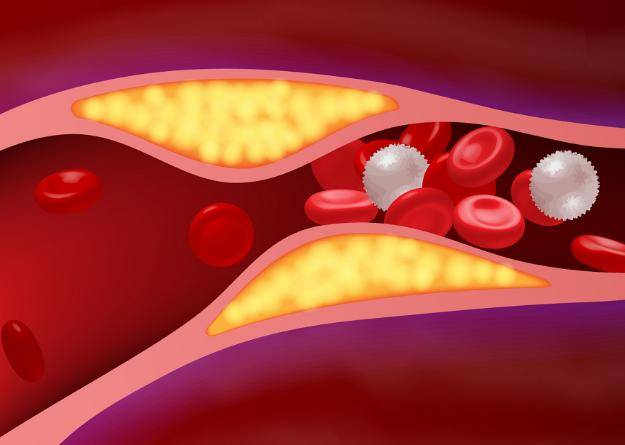Low-density lipoprotein (LDL) is a type of lipoprotein particle that transports cholesterol into peripheral tissue cells. Its primary role in the body is to bind with cholesterol and deliver it to extrahepatic tissues.
However, when LDL levels are excessively high, the cholesterol it carries can easily deposit on the arterial walls, which over time can lead to atherosclerosis. Therefore, LDL is also referred to as “bad cholesterol.”
LDL primarily originates from two pathways: the first is derived from the catabolism of very low-density lipoprotein (VLDL), which is the main pathway; the second is direct synthesis by the liver and secretion into the bloodstream, which is a secondary pathway.
01
What constitutes high levels of low-density lipoprotein?
The standard for high low-density lipoprotein (LDL) can vary depending on different reference ranges. However, there are generally a few criteria for assessment.
According to the unit of mmol/L:
It is generally accepted that the normal value of LDL should be less than or equal to 3.37 mmol/L. When LDL levels exceed 3.37 mmol/L, they are considered elevated.
Another perspective holds that LDL < 3.4 mmol/L is an appropriate level, 3.4~4.1 mmol/L is a borderline level, and > 4.1 mmol/L is elevated. This means that when LDL levels exceed 4.1 mmol/L, it can be clearly considered as high.
According to the unit of mg/dl:
Another common unit is mg/dl. In this case, the normal value of LDL should be less than 120 mg/dl, while the standard for significantly elevated LDL is greater than 160 mg/dl.
It is important to note that due to differences in testing methods and the precision of instruments, the normal value ranges provided by different medical institutions or laboratories may vary slightly. Therefore, it is advisable to refer to the specific normal value range provided by the testing institution when evaluating LDL levels.
02
If low-density lipoprotein levels are elevated and no medication is taken, how long will it take to cause cardiovascular disease?
Elevated levels of low-density lipoprotein are closely associated with the occurrence of cardiovascular diseases, and it is considered an independent risk factor for these conditions.
However, there is no fixed answer to how long it will take to develop cardiovascular disease if LDL levels are elevated and no medication is taken.
Firstly, the process of elevated LDL leading to cardiovascular disease is gradual and progressive, rather than occurring suddenly at a specific point in time.
This process is influenced by various factors, including an individual’s genetic background, lifestyle habits, other underlying conditions (such as diabetes, hypertension, etc.), and the degree of elevation in LDL levels.
Secondly, different individuals have varying tolerances and responses to elevated LDL levels. Some people may have high LDL levels, but their risk for cardiovascular disease may be relatively low due to other protective factors.
Conversely, other individuals may experience a significant increase in the risk of cardiovascular disease even with only a mild elevation in LDL levels due to the presence of other risk factors.
Moreover, for populations already at high risk for cardiovascular disease, controlling LDL levels is particularly important. These populations need to not only manage their underlying conditions but also require long-term use of statins and other lipid-lowering medications to lower LDL levels and prevent the occurrence of cardiovascular diseases.
Therefore, it is impossible to provide a definitive timetable to predict how long it will take for elevated LDL levels to lead to cardiovascular disease. However, it is certain that


